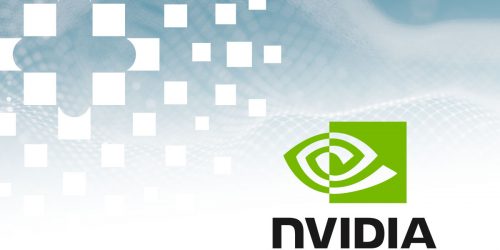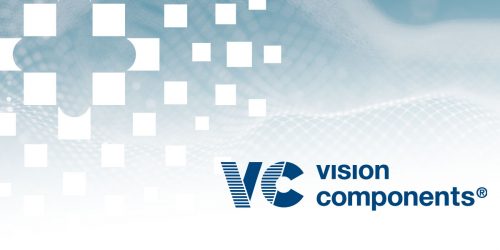NVIDIA Announces Cloud-AI Video-Streaming Platform to Better Connect Millions Working and Studying Remotely
GPU-Accelerated AI Platform, NVIDIA Maxine, Enables Video-Conference Providers to Vastly Improve Streaming Quality and Offer AI-Powered Features Including Super Resolution, Gaze Correction and Live Captions Monday, October 5, 2020 — GTC — NVIDIA today announced the NVIDIA Maxine platform, which provides developers with a cloud-based suite of GPU-accelerated AI video conferencing software to enhance streaming video […]



